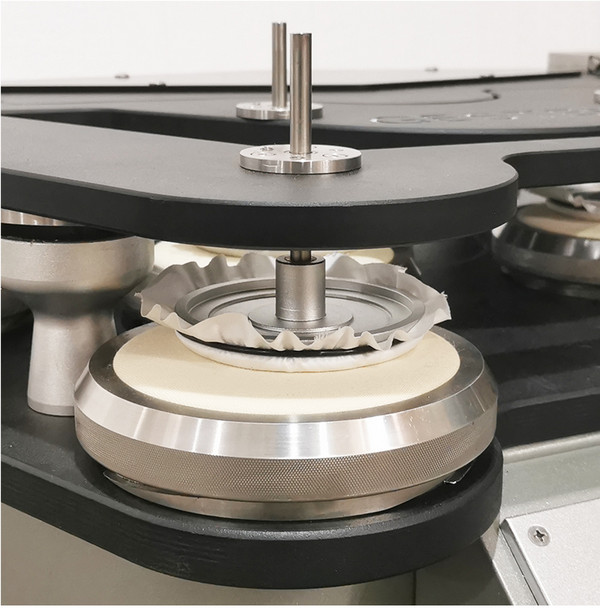- Qinsun Instruments Co., Ltd.
- Tell:+86-21-6780 0179
- Phone:+86-17740808215
- Address:No. 2578 Minhang District Gu Dai Road, Shanghai
- Contact:Mr. Li
- QQ:846490659
Basic characteristics of fiber optic bundles

Many fiber optic filaments converge into a fiber optic bundle with a diameter of dB, and the basic characteristics of the fiber optic bundle are the same as those of a single fiber optic filament.
The transmission characteristics of fiber optic bundles are similar to those of a single fiber optic filament. Tilting the fiber bundle relative to its axis will affect the output light characteristics. Twisted optical fibers on the outer ring of the beam end face will convert uneven input light into uniform output light.
Because the direction of the twisted optical fiber is close to the direction of the coupled light at the input end, this is possible. After light enters the entrance of the fiber bundle and undergoes refraction, the light coupled to the fiber will propagate along the fiber axis in the same direction.
Loss in fiber bundles
In principle, all the loss mechanisms of the single fiber mentioned above are applicable to fiber bundles.
The optical fibers are tightly clamped and cured together with epoxy. This leads to two additional losses, which are only related to the fiber bundle: gap loss and cladding loss.
Special treatment can be applied to the tail end of the optical fiber by heating, resulting in a hexagonal structure and tighter arrangement of the fiber strands. This can reduce gap loss and increase light transmission by 10%.





